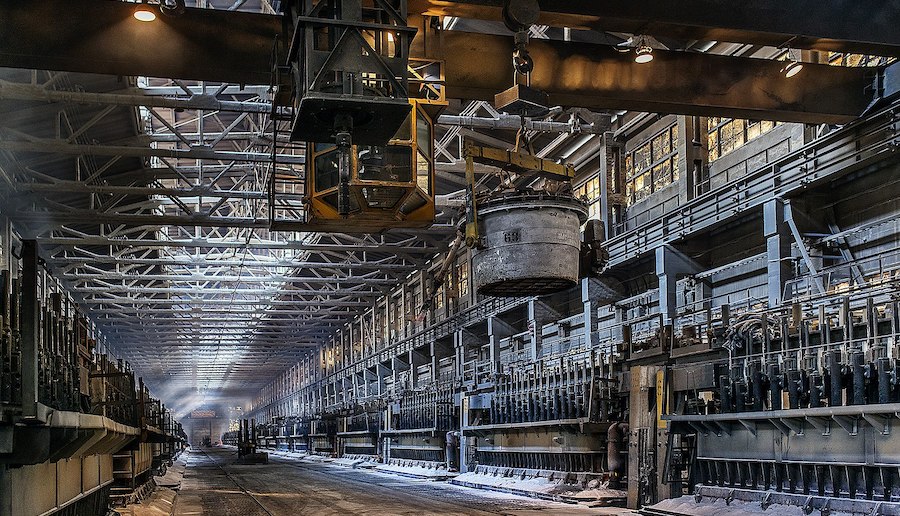
According to the market analyst, in the past, producers would build power plants first in specific areas and aluminium facilities later, in order to better manage costs. However, this strategy has become harder to sustain under China’s goals to control energy consumption and achieve carbon neutrality.
Smelters released about 12.36 tonnes of CO2e per tonne of aluminium produced from coal-fired power generation in 2020
“China’s largest aluminium producing province, Shandong, has been under pressure to reduce coal consumption against an assigned target. The Weiqiao smelter in Binzhou city had to turn to Yunnan province to build a 2-million tonnes per annum hydropower-based aluminum project, with the potential to reduce coal consumption in Binzhou by around 9 Mtpa once the entire 2-Mtpa of smelter capacity is relocated,” the report reads.
The research firm also points out that, similar to Shandong, Inner Mongolia reportedly intervened in several local energy-intensive industries and cancelled preferential power tariffs after being chastised for disproportionately increasing energy consumption.
Within this scenario, local governments are said to remain cautious in approving dedicated power plants, particularly in the coastal provinces.
Captive power generators expected to retire
WoodMac’s document says that captive power generators tied to several industrial enterprises will retire without replacement and that these plants are not allowed to build new units but can operate old units up until retirement and then face closure.
“We expect existing smelters to maintain both normal production and moderate growth until 2030 when coal-fired power is expected to peak. Meanwhile, active coal-fired power units will gradually retire as they reach the end of life, which is usually 20 to 30 years,” Wood Mackenzie senior consultant Xinlin Chen said. “So post 2030, smelters would either exit the market in line with the pace of their captive power plants or operate taking power from the grid, which by then would have a higher participation of renewable energy in their power mix.”
Chen explained that local grids and power plants will take responsibility for the transition to cleaner energy in each region, leaving a greener carbon footprint for energy-intensive manufacturing. Smelters in Yunnan, Qinghai and Sichuan provinces are adopting grid hydropower, to avoid government intervention and policy-driven suspensions.
But the resetting and relocation of the aluminium industry to renewable-rich regions in China are expected to inevitably cause the industry’s power tariffs to rise and, thus, WoodMac believes Chinese smelters are likely to lose the cost competitiveness gained from self-generated electricity when grid companies impose additional electrical and wheeling charges.
“In the long run, increasing scrap recycling will be necessary to ensure lower carbon emissions production while meeting growing metals demand in China. Producing secondary aluminium requires a fraction (< 5%) of the energy required to produce primary aluminium, so it is a more sustainable process,” Chen said.




